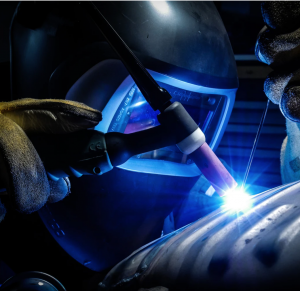
If you need a metal part fabricated or have a project that requires precision metal fabrication, then it's worth it to know more about the process. Being educated on the process will make the task of choosing the right fabricator for your project much simpler.
Precision metal fabrication involves the use of high-quality and reliable fabricating techniques and equipment to transform sheet metal into a finished item as precisely as possible. These commonly include punching, cutting, forming, bending, welding, and the assembly of all the parts together to reveal the final product. The latest advancements made in the field of technology allow fabricators to produce precise results that might be harder to achieve with other methods. Many industries heavily rely on metal fabrication because of the precision and accuracy it provides. These industries include automotive, aerospace, medical, construction, and many more. Regardless of the type of final product or structure to be completed, precision metal fabrication normally follows these processes:
Cutting
During this process, fabricators use various types of cutting techniques such as laser, water jet, or plasma torch. The technique will be determined depending on the product requirements and specifications.
Shearing
This process is performed to cut straight lines on flat metal material.
Folding
Sometimes called bending, this step is very crucial for most fabricated items. It is usually done using a brake press that creates the bend or forms the required crease.
Punching
As the name suggests, punching is done to make holes on the sheet metal which is often required for adding fasteners to connect the part to another component.
Welding
Compared to other metal fabrication processes, welding is perhaps the most critical as it is where pieces of metal parts are joined together to form the final structure. The fabricator can choose among the different kinds of welding techniques that best suit the part.
Finishing
This is optional and depends on the product. It is where the finished item will be added with coating for protection and aesthetics.







